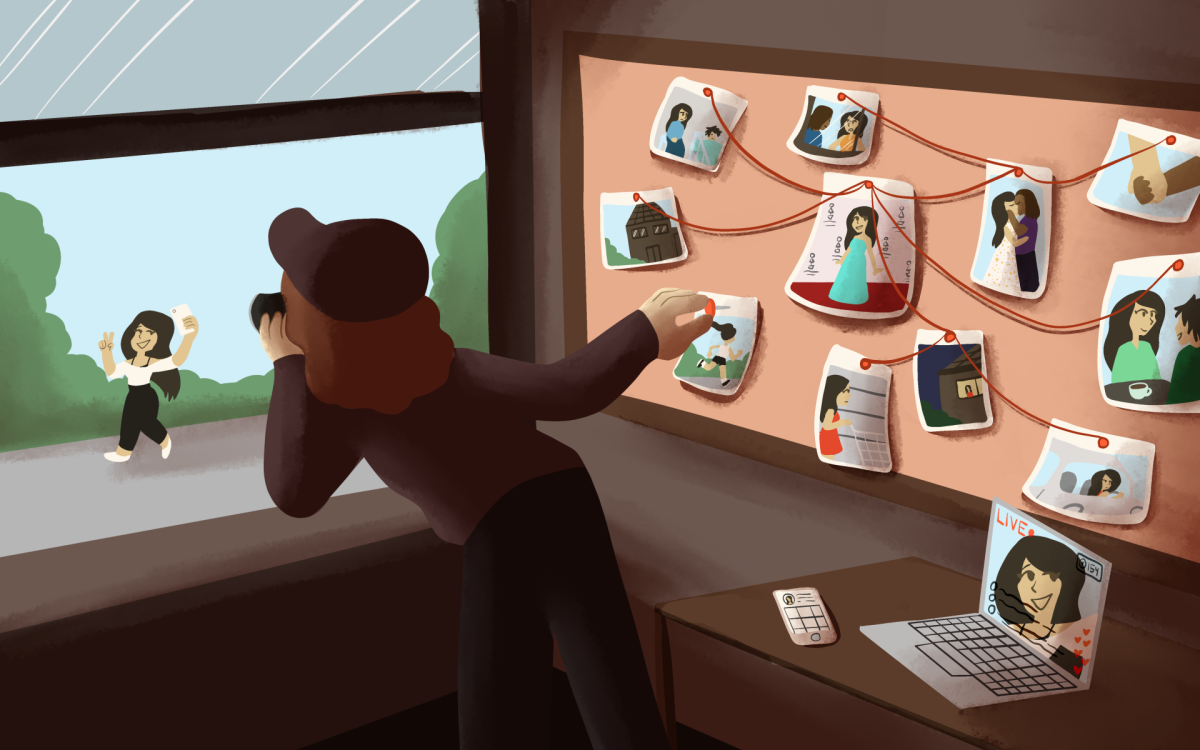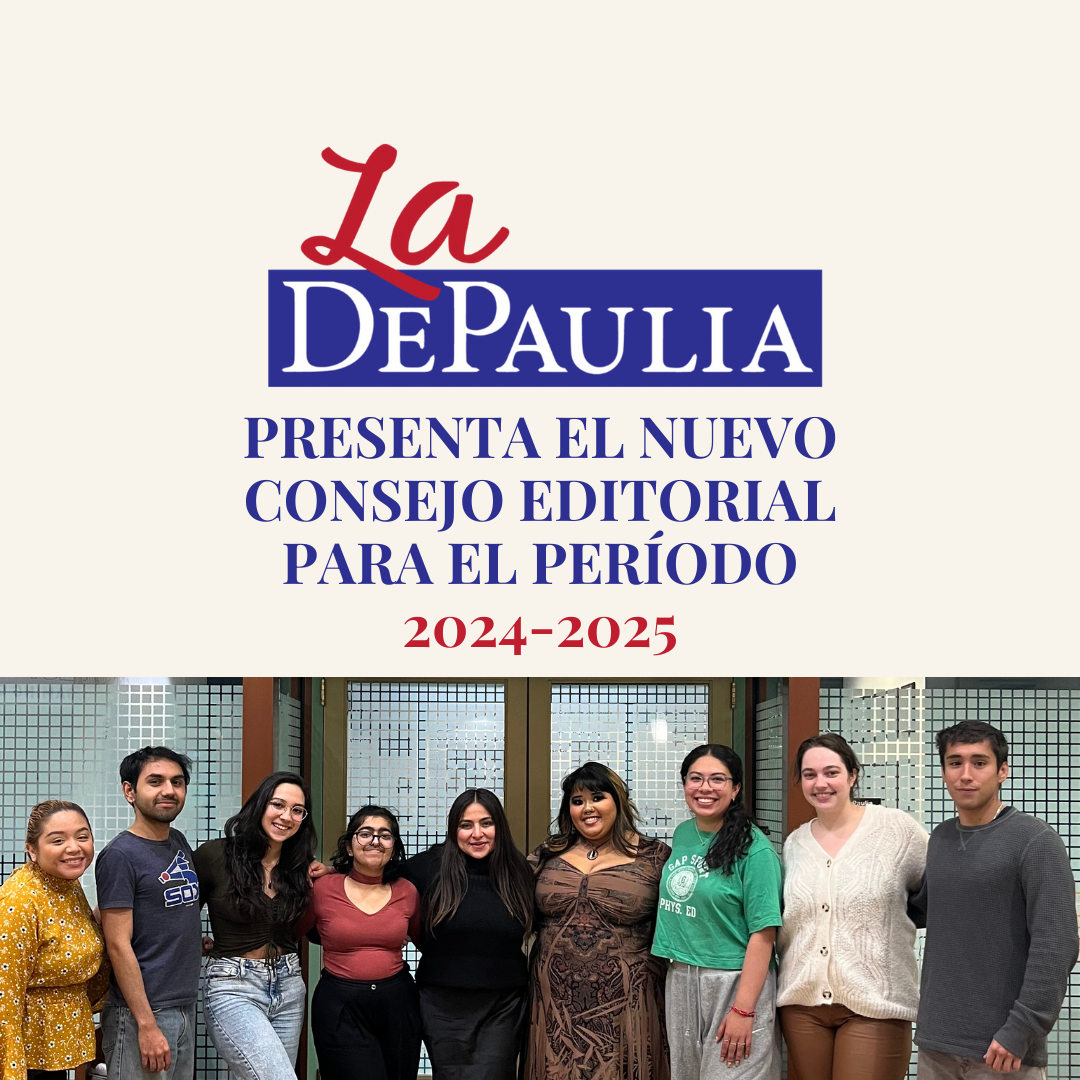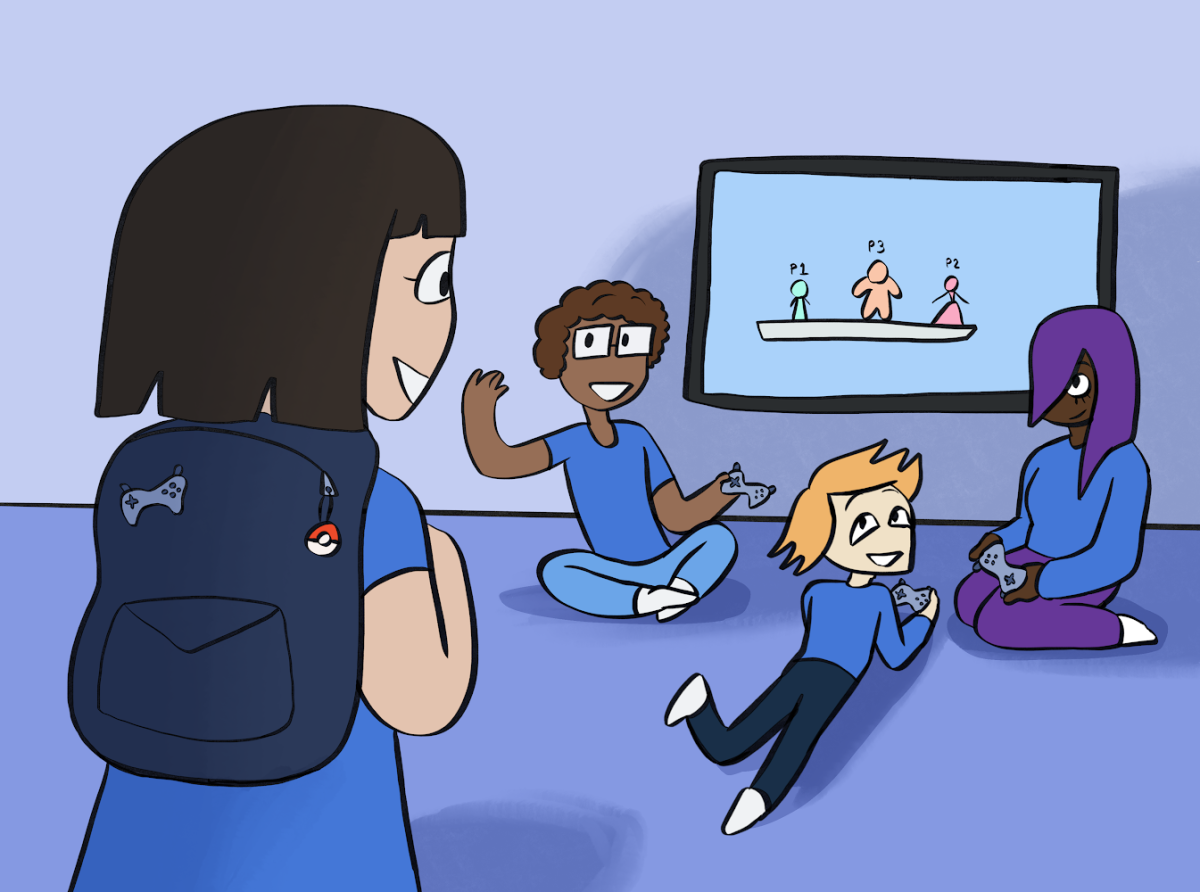On May 11, DePaul’s President’s Office sent the student body an email announcing the creation of a new center for African-American students. They also stated that centers catered to the LatinX and LGBTQ student communities will shortly follow.
The email expressed their gratitude to the Center for Identity, Inclusion and Social Change for all of its efforts in embodying and supporting different groups on campus. The email ends by announcing that a formalized point of contact will soon be made for undocumented students through Student Affairs.
The email in its entirety was vague and left us with a lot of questions. What happens to the students that have already found a home within the Center of Identity, Inclusion and Social Change? While the email implies that the Center will remain, it stated that it will be redesigned with the addition of the new structures. The Center itself will be changed and for many students this isn’t ideal.
Students who are still finding their identity and who don’t necessarily fit into a niche group have found sanctuary within the Center. With it’s redesign there is worry that it will no longer feel like home.
“The Center has been a space to go for people like me who struggle with holding a connection to any one identity group because identity isn’t simple,” Victoria Agunod, DePaul senior said.
There is also fear of segregation and no longer holding a collective voice. With the creation of separate structures there could be further division between students. Whereas the Center has welcomed students regardless of gender, sexual preference, ethnicity, religion and overall identity, the new structures will only be serving one type of identity.
The Center has been an umbrella for many student groups on campus and with the start of new structures there is room for growth.
In many ways the new structures pave the way for increased programming for marginalized student groups. With multiple people of color (POC) serving structures, this allows for more resources and a prominent presence on campus. This will relieve the pressure from student organizations that are constantly putting on programming. It will create unity among these individual student groups.
New structures do not necessarily mean that there will be segregation amongst groups. This gives opportunities for collaboration within individual groups now that there will be a more formalized unifier.
While there are students that have found a home at the Center, there are students who don’t feel the same. Creating spaces where those students also feel at home is important. Shouldn’t we also celebrate the expansion of more structures?
I thank the Center for all that they have done but creating more intimate spaces for specific groups is also essential.
“This is a good start but more can still be done,” Destiny Dugboe, DePaul junior said. “Not just Black students but all students of color need this.”
Departments such as the African and Black Diaspora studies program and Latin American Latino Studies can only do so much for the student population. A more direct involvement can improve graduation rates. The graduation rate for Black/ African American students within six years was 59.8 percent for the year 2015 versus their counterparts who were all above the graduation rate of 70 percent. A bigger support system for our Black student population is needed and creating a structure could possibly improve graduation rates.
These structures also come about a year after the Milo Yiannopoulos event one that led to many students of color recieving online threats and harrasment. This lead students of color to not feel safe on campus.
Structures particular for students of color would help restore the feeling of safety for many students who still don’t feel safe on campus.
The new structures will cater more to the student groups they are serving and that could bring about improvements and progress.
Yes, the Center has done a great job of encompassing all identities but we need to expand and grow.







